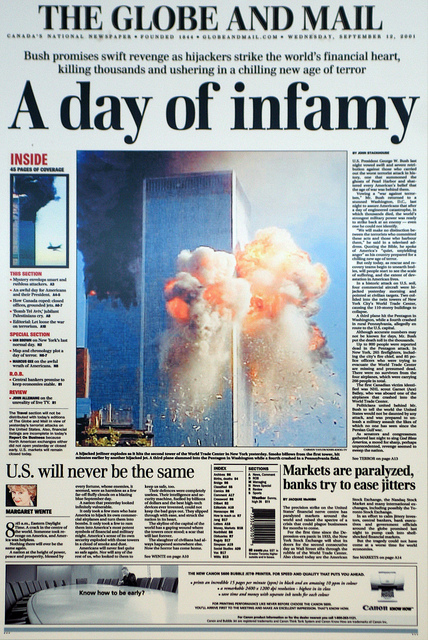5.9 Headlines
A headline concisely states the main idea of the story and is further elaborated on in the lead. It should clearly convey a complete thought. Headlines have become increasingly important in today’s society; people tend to look only at headlines rather reading complete stories, especially online. An effective headline encourages the reader to take the time to read the article.
Print versus web headlines

Print headlines tend to be concise (using fewer than six or seven words) and straightforward. Online headlines tend to be longer and use catchy language. Images, captions, and subheadlines are more common with print headlines than web headlines (Davis & Davis, 2009).
Web headlines usually appear as links that lead the reader to the actual article. Given the acceleration of media consumption, many readers simply want to know the basic information about an event. The headlines used with web publications give readers enough information to understand what is happening without reading the story.
How to create a headline
Writing headlines take practice. You need to select words carefully and use strong writing in order to entice the audience to read the article.
Create the headline after you finish writing the article so that you have complete understanding of the story. Focus on how you can communicate the main idea in a manner that will capture the reader’s attention. Also focus on key words. Use present-tense verbs for headlines about events in the past or present. For events in the future, use the infinitive form of the verb: for example, “Local store to open new location.”

